Game UX design has become a critical element in the gaming industry, ensuring that players receive visually appealing experiences and intuitive gameplay. Hiring UI/UX designers is a strategy many developers employ to elevate the aesthetic and usability of their games. As we approach 2024, the demand for such collaborations has intensified. These studios specialize in creating graphics and interfaces that resonate with users, making games more accessible and engaging.
For developers, staying informed about the latest trends in game UX is imperative. It enables them to produce games that attract players with their visual appeal and retain them through an enjoyable and seamless user experience. Acknowledging the significance of game UX and the role of art outsourcing studios is essential for anyone involved in developing, designing, or marketing games today.
What Is UX Game Design? — Unraveling Its Core
Game UX, short for user experience in gaming, centers on how players feel as they interact with a game. At its core, game UX aims to make these interactions smooth, intuitive, and, above all, enjoyable. An effective game UI (user interface) plays a significant role here, acting as the bridge between the game and its players. It's about more than just good looks; it's about clarity, ease of use, and minimizing frustration during gameplay.
Designers focus on removing any obstacles that might pull players out of the experience, ensuring everything from menu navigation to gameplay mechanics feels natural. This philosophy echoes principles from arcade game design, where clarity and intuitiveness are core to player retention. The goal is to create an environment where players lose track of time because they are so immersed in the game world. Achieving this level of immersion requires a deep understanding of player psychology and preferences, a challenge that evolves as new gaming trends emerge.
As we enter 2024, the principles of game UX design have become more crucial than ever. Gamers today expect not only innovative gameplay but also a seamless user experience. For developers, this means prioritizing user feedback and being willing to iterate on their designs to meet and exceed these expectations.
Decoding the Ins and Outs of Game UX
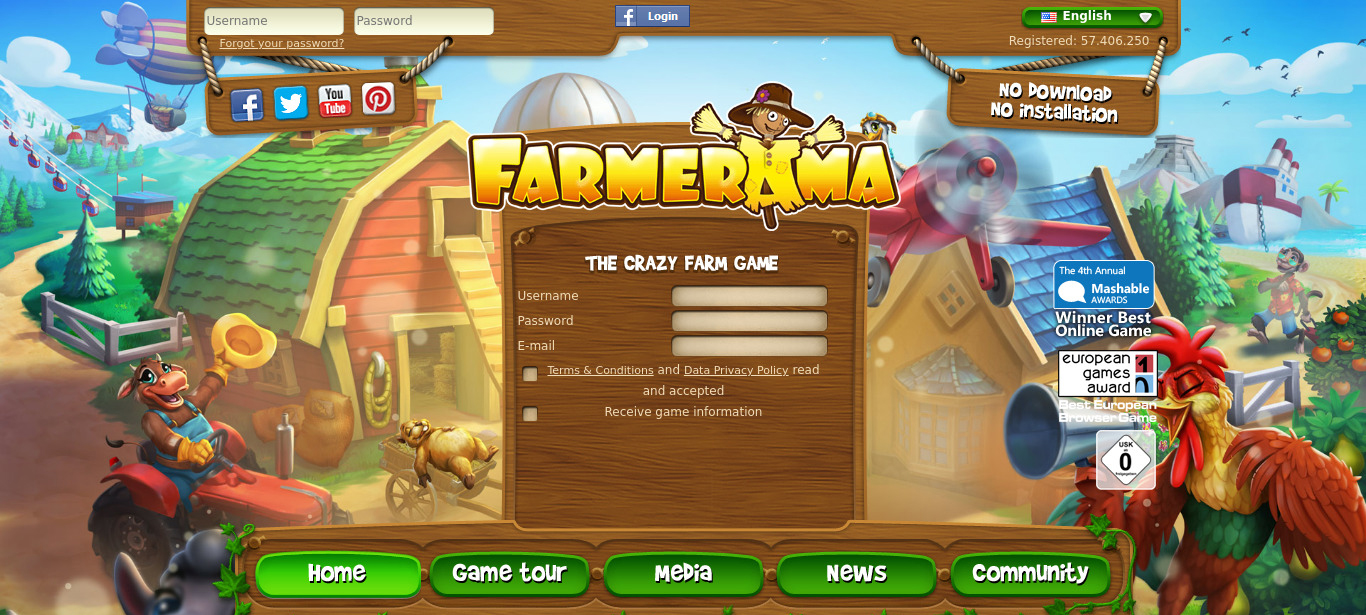
Game UX stands at the heart of player satisfaction, blending art with science to craft experiences that captivate and retain gamers. Understanding its nuances involves dissecting how design choices impact player behavior and enjoyment. With rapid advancements in technology and player expectations, the stakes for game developers have never been higher.
The Essence and Significance of Game UX
Game UX, at its essence, bridges the gap between game design and player satisfaction. It focuses on creating intuitive, engaging interfaces that make navigating game worlds effortless and enjoyable. A well-crafted game UX can significantly boost a game's success by ensuring players feel a seamless connection with the game environment and mechanics.
As players today have many choices, game UX's significance has skyrocketed. Games that stand out are those that offer not just stunning visuals but also an immersive experience where every interaction feels natural, and every action has a clear, satisfying response. Developers prioritize game UX because it directly influences player retention and engagement.
A game with a confusing interface or frustrating navigation quickly loses its appeal. Conversely, games that excel in UX design become memorable and often recommended experiences, illustrating how pivotal game UX is in the competitive landscape of digital gaming.
Anatomy of Game UX: Key Components
User interface. The visual components players interact with include buttons, menus, and icons. It's crafted to be aesthetically pleasing and functional, ensuring players can easily navigate the game.
Feedback mechanisms. Immediate responses to player actions, such as sound effects or visual cues that confirm inputs, have been recognized. These are essential for keeping players informed about their interactions within the game.
Accessibility features are a cornerstone of game design. They ensure the game is playable and enjoyable for everyone, including those with disabilities. Options like customizable controls, colorblind modes, and subtitle settings are examples of these features, promoting inclusivity in gaming.
User testing is the process of evaluating game UX through player feedback to identify areas for improvement. Regular testing sessions help developers fine-tune the game experience based on user interactions.
Storytelling and emotion. How the game's narrative and aesthetics evoke feelings and connect with players. This component focuses on crafting compelling stories and environments that enhance the user experience.
Game UX Versus Conventional UX — A Comparative Study
| Feature | Game UX | Conventional UX |
| Focus | Centers on creating immersive and engaging experiences, making gameplay intuitive and fun. | Aims to make software or websites easy to use, focusing on usability and efficiency. |
| Emotional Engagement | High priority on emotional connection; seeks to evoke feelings like excitement, curiosity, and satisfaction. | Less emphasis on emotion; prioritizes practicality and meeting user needs efficiently. |
| Interactivity Level | Deeply interactive, with users influencing the game environment and outcomes through their actions. | Interaction is more about navigating and retrieving information or completing tasks. |
| Feedback | Immediate and often elaborate feedback (visual, auditory) to player actions to enhance immersion. | Feedback is straightforward and functional, aimed at confirming actions or correcting errors. |
| Complexity | Can be highly complex, with multiple layers of interaction and narrative elements. | Tends to streamline complexity to simplify user tasks and decision-making. |
| Testing | Involves extensive user testing, focusing on playability, engagement, and emotional response. | Focuses on usability testing to identify and rectify issues hindering efficient task completion. |
Mitigating Challenges in Game UX Design
Creating a game with a user experience that captivates and retains players is a formidable challenge. One significant hurdle is balancing aesthetic appeal with functionality. Designers must ensure that visually stunning elements do not compromise the game's usability or overwhelm players with too much information. Another issue is designing for a diverse audience. Players come with varying skill levels and preferences, making it tough to create a one-size-fits-all UX. Tailoring the experience to cater to novice and veteran gamers without alienating either group requires careful planning and testing.
Accessibility also presents a major challenge. Developing games inclusive to players with disabilities means incorporating features like colorblind modes, assistive controls, and subtitle options, which can add complexity to the design process. Additionally, keeping pace with rapidly changing technology and player expectations demands constant innovation from UX designers. They must stay ahead of trends and continuously iterate on their designs based on player feedback. Overcoming these challenges is crucial for creating a game that not only draws players in but keeps them engaged over time.
Behind the Scenes: Exploring the Role of Game UX Designers
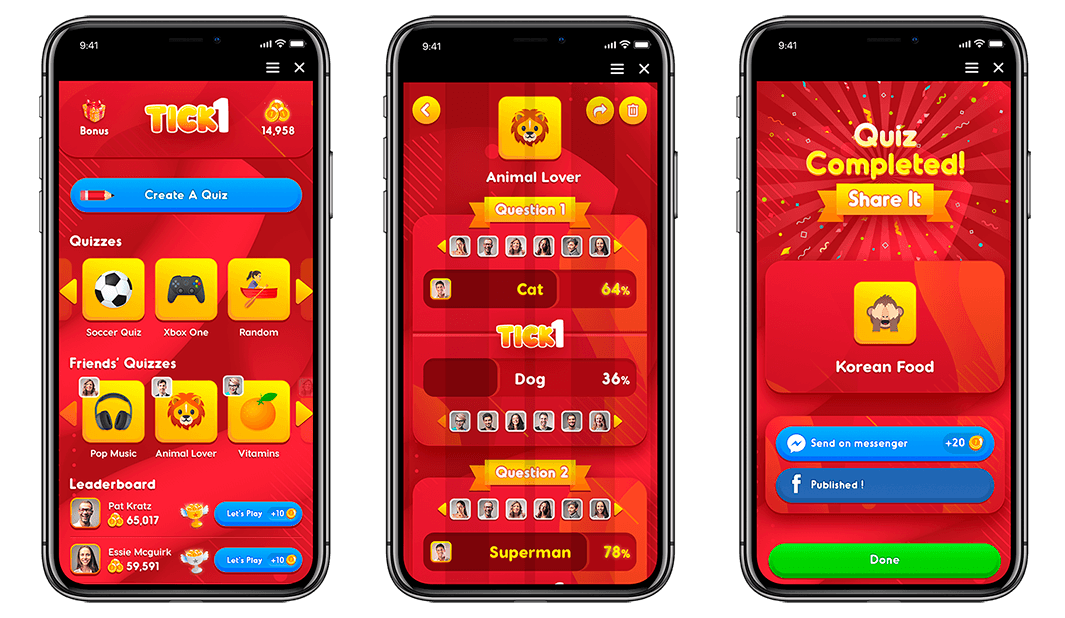
Game UX designers play a pivotal role in shaping how players experience a game, blending creativity with user-centered design principles. Their work ensures that every interaction within the game is engaging, intuitive, and memorable, laying the foundation for captivating gaming experiences that resonate with a diverse audience.
The Game UX Designer’s Sphere
Game UX designers are the ones who make sure that playing a game feels good. They look at the game from the player's point of view to make everything from navigating menus to controlling characters smooth and natural. Their main goal is to remove any parts of the game that could be annoying or hard to use. A big part of their job is to work with the rest of the game development team. They need to talk to the people who make the game look good (artists) and the ones who build the game's mechanics (developers) to ensure everything in the game makes sense and fits together well.
Another important task for game UX designers is to think about all kinds of players, including those with disabilities. They might add features like subtitles for players who are hard of hearing or different control settings for players who can't use standard game controllers.
Feedback from players is essential. Game UX designers often use comments from players who test the game before it's fully released to find problems they didn't see before. If something isn't working the way they thought it would, this could mean making significant changes to the game.
In the end, game UX designers have a big impact on whether a game is a hit or a miss. They help make sure the game isn't just fun to play, but also reaches as many players as possible by being easy and enjoyable to use.
The Toolbox: Must-Have Skills for Game UX Designers
User research. Game UX designers need to be good at collecting and analyzing feedback from players. This involves running tests, surveys, and interviews to understand what players like and what frustrates them.
Prototyping. Being able to quickly create versions of game interfaces and experiences is crucial. Designers use these prototypes to test ideas and get feedback before finalizing how something in the game works.
Visual design. A strong sense of aesthetics helps designers make game interfaces that are not only functional but also appealing. This includes understanding color theory, typography, and layout principles.
Interaction design. Designers must know how to make game controls and menus that are easy for players to use. This means thinking carefully about how players interact with the game and making sure it feels intuitive.
Psychology. Understanding basic psychology principles helps designers create games that are engaging and motivating. They use this knowledge to make games that keep players coming back.
Technical skills. While designers don't need to be expert programmers, some understanding of coding and game development tools is important. This helps them communicate better with developers and sometimes tweak designs themselves.
Accessibility. Knowledge of how to make games playable for everyone, including people with disabilities, is becoming more important. Designers need to know about different accessibility features and how to implement them in games.
Collaboration. Game development is a team effort. UX designers must work well with others, including artists, programmers, and project managers, to bring their visions to life.
Game UX Industry Projections
Game UX design is a fast-growing field with a bright future. As games become more complex and player expectations rise, the demand for skilled UX designers in the gaming industry is stronger than ever.
Market Dynamics: Opportunities for Game UX Professionals
The game market of UX professionals is witnessing remarkable growth, driven by an increasing recognition of the value of user experience in gaming. Here's a closer look at the opportunities and trends shaping this vibrant field:
Growing demand. The gaming industry is expanding rapidly, with new platforms and technologies creating more opportunities for game UX professionals. Companies are on the lookout for skilled designers who can create immersive and user-friendly experiences.
Diversity of roles. Game UX professionals can find work in various areas, from mobile and PC gaming to VR and AR projects. This diversity allows for specialization in different types of gameplay and user interfaces.
Remote work flexibility. Many game development studios now offer remote work options, making it easier for UX professionals to find jobs that fit their lifestyle and work from anywhere in the world.
Competitive salaries. As the importance of UX design in gaming becomes more recognized, salaries for these positions have seen a significant increase. Experienced game UX designers can command high wages.
Continuous learning. The field of game UX is always evolving, with new tools and methodologies emerging. Professionals who invest in ongoing education and skill development can stay ahead of the curve and increase their marketability.
Collaboration with interdisciplinary teams. Game UX designers often work closely with artists, developers, and marketers. This collaboration enhances creativity and innovation, leading to more successful game launches.
Impact on player retention. A well-designed game UX can significantly improve player satisfaction and retention, making UX professionals crucial to a game's commercial success. Companies value designers who can translate player feedback into actionable improvements.
Accessibility focus. There's a growing emphasis on making games accessible to all players, including those with disabilities. UX designers with knowledge of accessibility standards have the chance to make a meaningful impact in the industry.
The game market for UX professionals is dynamic and promising, offering a wealth of opportunities for those ready to contribute to the next generation of gaming experiences.
The Future Landscape of Game UX Design
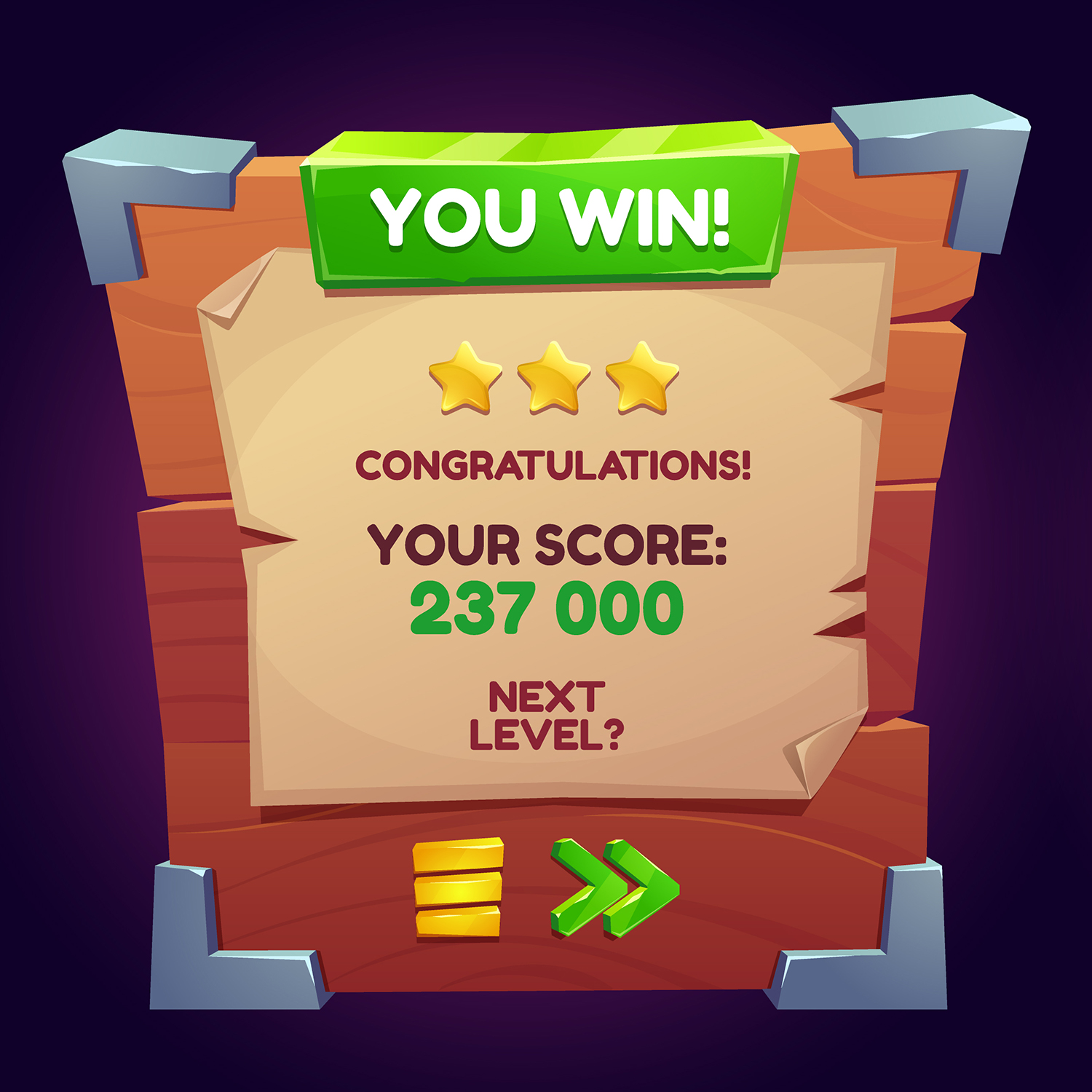
The future of game UX design is heading towards more immersive and interactive experiences. As virtual and augmented reality technologies become more accessible, UX designers will play a crucial role in defining how players interact with these new dimensions of gaming. Personalization will also take center stage, with games adapting to individual player behaviors and preferences, offering a tailored experience that enhances engagement and satisfaction.
Furthermore, the push for inclusivity and accessibility in gaming will continue to grow. Designers will need to innovate ways to make games enjoyable for everyone, regardless of physical or cognitive abilities. This includes designing adaptive controls and user interfaces that can accommodate a wide range of player needs.
Another significant trend is the use of artificial intelligence in game design and development. AI can provide valuable insights into player behaviors, enabling UX designers to refine game elements based on real user data. This data-driven approach will help create more engaging and rewarding game experiences.
In all, the landscape of game UX design is evolving rapidly, with technology offering new opportunities to create engaging, personalized, and inclusive gaming experiences. Game UX designers will be at the forefront, ensuring games not only entertain but also connect with players on a deeper level.
If you want to hire a professional UI/UX designer for your game, contact us.
Enhancing Game Development Through UX Outsourcing: Strategies and Insights
Outsourcing UX design has become a strategic move for game developers aiming to enhance their projects. It allows teams to tap into specialized skills and innovative perspectives, ultimately elevating the gaming experience for users while optimizing development workflows and resources.
Partnering with Top Game Art Outsourcing Studios
Choosing to work with top game art outsourcing studios can significantly elevate the quality of a game's visual design. These studios bring a level of expertise and creativity that might be hard to find in-house, especially for small to medium-sized game developers. When selecting a studio, it's crucial to look for a partner that not only showcases a portfolio of stunning visuals but also demonstrates a deep understanding of how art contributes to user experience. The collaboration process is key.
Effective communication channels and project management tools ensure that ideas flow smoothly between the game developer and the outsourcing studio. Regular updates and revisions are part of this partnership, aiming to align the game's vision with the art being produced. Beyond just the creation of assets, these studios often provide valuable insights into the latest trends and technologies in game art, such as 3D modeling and animation techniques, which can give a game a competitive edge.
Additionally, they can offer scalability, allowing game projects to adapt quickly to changing needs or timelines. Ultimately, a successful partnership with a game art outsourcing studio can result in visually captivating games that stand out in a crowded market, enhancing the player's experience and potentially leading to greater success.
Identifying and Securing the Best UX Outsourcing Opportunities
Finding and locking in the best UX outsourcing opportunities requires a keen eye for detail and a strategic approach. Start by researching studios with a strong track record in delivering high-quality UX designs that resonate with users. Look for testimonials, case studies, and portfolios that showcase their expertise and alignment with your game's vision. Networking plays a crucial role as well. Attending industry conferences, joining online forums, and connecting with peers can lead to valuable recommendations and insights into potential partners.
When evaluating options, prioritize studios that emphasize a collaborative approach to projects. They should be willing to understand your game's unique needs and work closely with your team to ensure the UX design aligns with your goals. Communication is vital; ensure the studio has clear processes for feedback and iterations to refine the UX design.
Negotiating an unambiguous contract is also essential. It should outline deliverables, timelines, costs, and revision policies to avoid surprises down the line. Finally, consider starting with a small project to test the working relationship. This approach allows you to assess the studio's reliability, quality of work, and ability to meet deadlines before committing to a more extensive partnership. Successfully securing the right UX outsourcing partner can significantly enhance your game's appeal and player satisfaction.
Cultivating Successful Outsourcing Relationships
- Clear communication. Establishing open, honest, and regular communication is crucial. It ensures both parties understand the project's scope, expectations, and any changes that may arise.
- Mutual respect. By treating each other as partners rather than just service providers and clients, you are fostering a positive working environment. This respect for timelines, feedback, and expertise not only goes a long way but also makes you feel appreciated and respected in the partnership.
- Defined goals. Both parties should have a clear understanding of what success looks like for the project. This includes specific deliverables, quality standards, and deadlines. Having these defined goals in place helps you stay focused and determined, leading to successful project outcomes.
- Feedback loops. Implementing a system for regular feedback allows for continuous improvement and quick resolution of any issues, which should be constructive and aimed at refining the project.
- Flexibility. Being open to adjustments and new ideas can lead to better outcomes. Flexibility in dealing with unforeseen challenges is vital for a smooth partnership.
- Cultural understanding. Recognizing and respecting cultural differences can enhance collaboration, especially when working with teams from different parts of the world.
- Trust building. Developing trust through reliability, delivering on promises, and maintaining confidentiality is essential for a long-term partnership.
Cultivating these aspects of a partnership can significantly contribute to the success of outsourcing relationships, leading to more effective collaborations and outstanding project outcomes.
Make Your Game a Hit with Game-Ace’s UX Design
Choosing Game-Ace means opting for a partner who understands the critical role of UX design in the success of your game. As a custom game development company, we are dedicated to creating experiences that are not just visually appealing but also profoundly engaging and intuitive for players. Our team focuses on designing interfaces that are user-friendly, ensuring that gamers have a seamless experience from the moment they start playing. This commitment to quality and player satisfaction is what sets us apart.
If you are ready to make your game more than just another title in the market, contact us. With Game-Ace, you get a partner prepared to transform your creative ideas into a gaming experience that resonates with audiences and stands the test of time.
 How to Design Learning Games for Kids That Teach Real-World Skills
How to Design Learning Games for Kids That Teach Real-World Skills  Behind the Beeps: How Arcade Game Design Still Shapes Interactive Entertainment
Behind the Beeps: How Arcade Game Design Still Shapes Interactive Entertainment  Crafting Immersive Worlds: The Power of Game Environment Design
Crafting Immersive Worlds: The Power of Game Environment Design 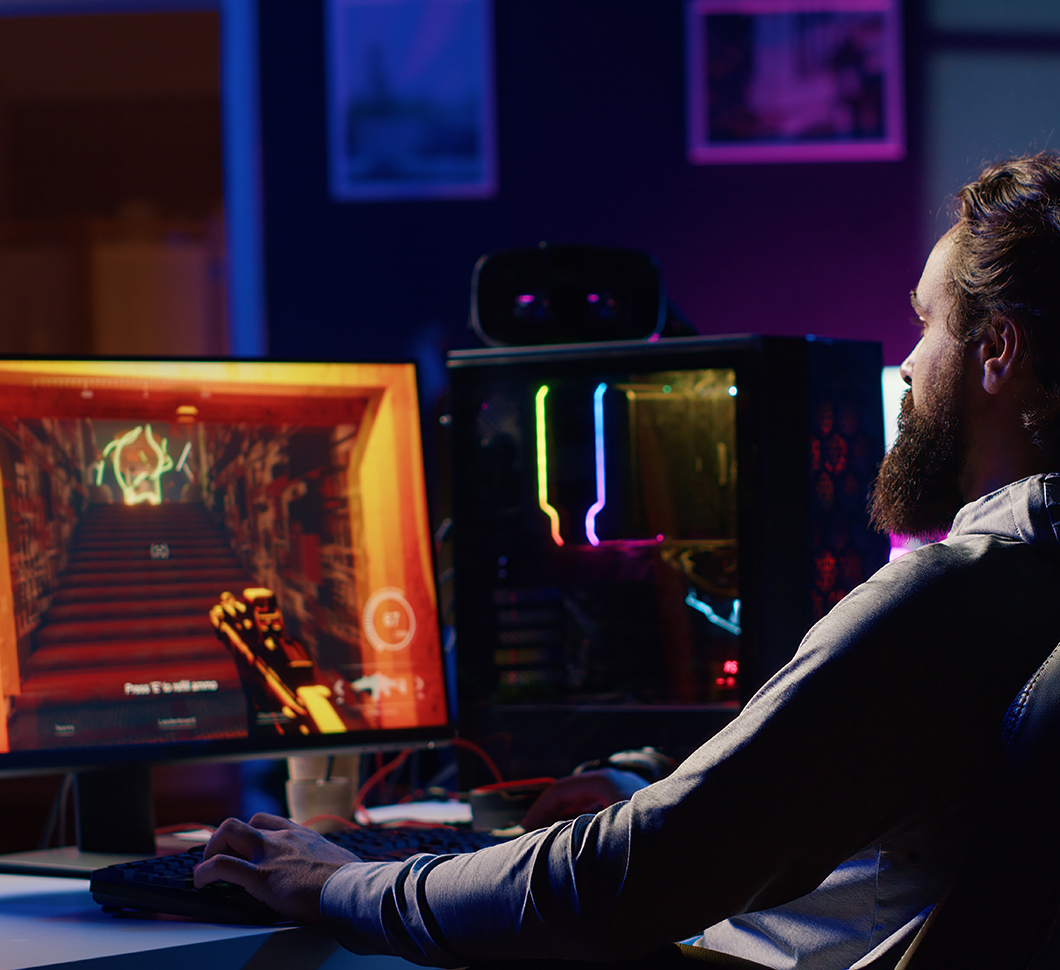 Mastering Narrative Game Design for Unforgettable Player Experiences
Mastering Narrative Game Design for Unforgettable Player Experiences 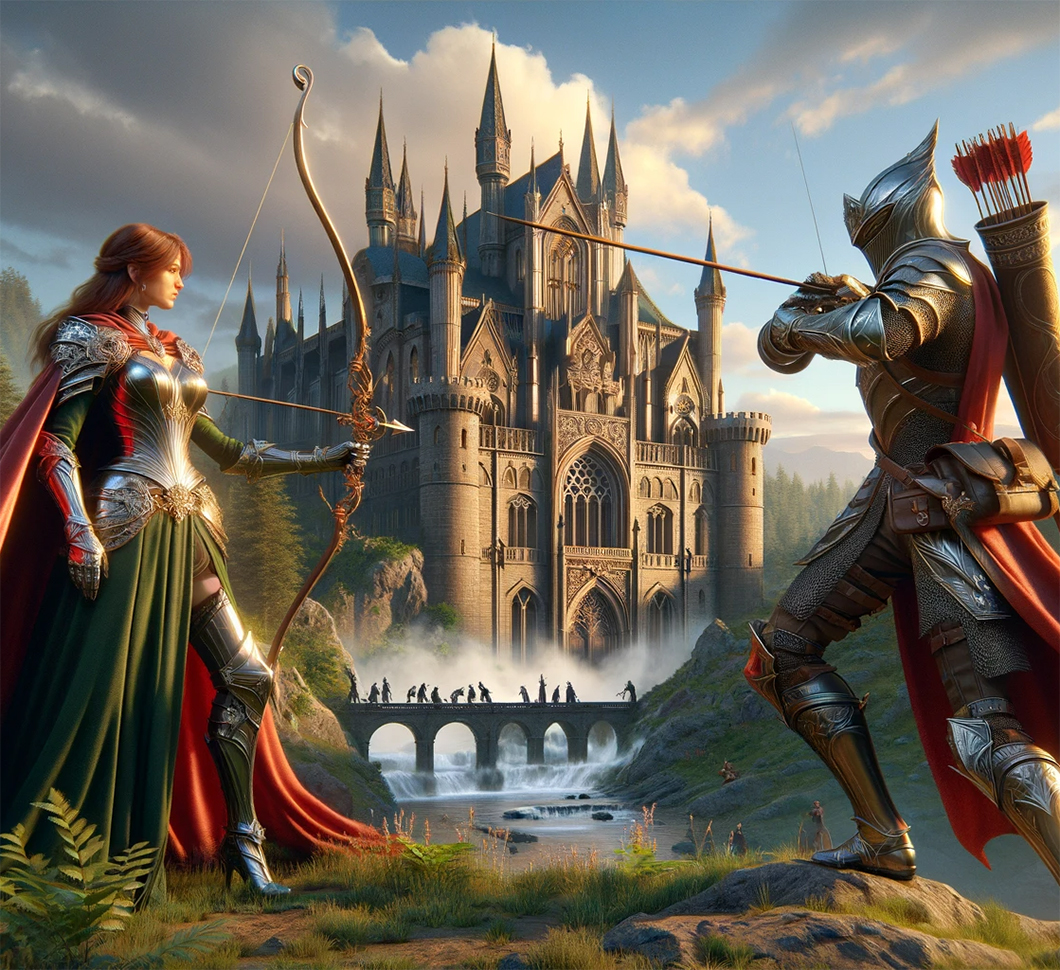 How Can Different Video Game Art Styles Enhance Your Project?
How Can Different Video Game Art Styles Enhance Your Project? 


































